Self-Harm (SH) and suicide ideation (SI) (i.e. thoughts about dying by suicide) are two of the most important known risk factors for death by suicide. Increasing suicide rates are a major public health concern and Northern Ireland (NI) consistently has the highest rate of suicide in the UK and Ireland. Recent nationwide policies to reduce suicide are now including a focus on reducing SH and SI as these are precursors to suicide. However, little is known about what causes SH and SI, how these two factors are related and what impact they have on mortality risk. Understanding the individual level, household-level, area-level and health related predictors for SH, SI and suicide is of vital public health importance so that intervention services can be targeted accurately.
Northern Ireland is unique in that it has a national Registry of Self-Harm that has collated information on all presentations to emergency department for SH and SI since 2012 (approximately 12,000 per/year) (since 2008 for the Western Trust only) and the research team has secured access to these data from the data custodians in each of the Health and Social Care Trusts. The proposed project will link these data in a two-stage process to additional health, Census and death data to generate two unique datasets of health and social information to achieve a better understanding of the risk factors associated with SH, SI and subsequent mortality.
The over-arching research objectives are:
(i) To examine the individual, household and area-level factors associated with SH and SI.
(ii) To examine what happens after presentations with SH and/or SI in particular in terms of recidivism and mortality, especially death by suicide
(iii) To identify the risk and protective factors associated with these outcomes


